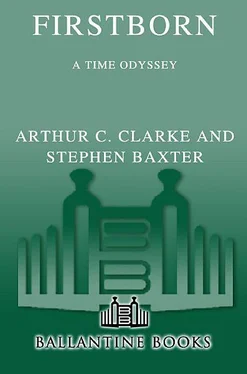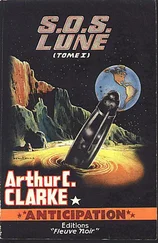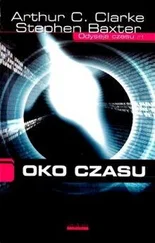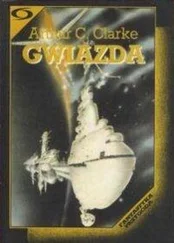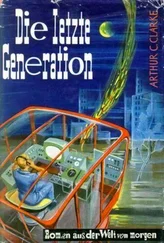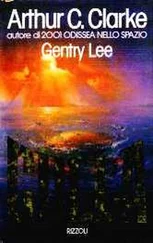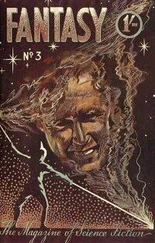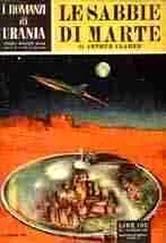Bisesa, Emeline White, and the young Abdikadir Omar were to cross the Atlantic Ocean aboard a vessel called Poseidon’s Barb. She was, to Bisesa’s eyes, an extraordinary mixture of Alexandrian trireme and nineteenth-century schooner: the Cutty Sark with oars.
She was under the command of an English-speaking Greek who treated his passengers with the utmost respect, once Abdikadir had handed over a letter of safe conduct from Eumenes.
They had to spend weeks at the rudimentary port at Gibraltar, waiting for a ship. Transatlantic travel wasn’t exactly common yet in this world. It was a relief when they got underway at last.
The Barb cut briskly through the gray waters of an Atlantic summer. The crew worked with a will, their argot a collision of nineteenth-century American English with archaic Greek.
Bisesa spent as much time as she could on deck. She had once flown choppers, and wasn’t troubled by the sea. Nor was Emeline, but poor landlubber Abdikadir spent a lot of time nursing a heav-ing gut.
Emeline became more confident in herself once they had cast off from Gibraltar. The ship was owned by a consortium of Babylonians, but its technology was at least half American, and Emeline seemed glad to shake off the dirt of the strange Old World. “We found each other by boat,” she told Bisesa. “We Chicagoans came down to the sea by the rivers, all the way to the Mississippi delta, while the Greeks came across the ocean in their big rowboats, scouting down the east coast and the Gulf. We showed the Alexandrians how to build masts that wouldn’t snap in an ocean squall and better ways to run their rigging, and in turn we have their big rowboats traveling up and down the Mississippi and the Illinois. It was a pooling of cultures, Josh liked to say.”
“No steamships,” Bisesa said.
“Not yet. We have a few steamboats on Lake Michigan, that came with us through the Freeze. But we aren’t geared up for the ocean. We may need steam if the ice continues to push south.” And she pointed to the north.
According to the phone’s star sightings — it grumpily complained about the lack of GPS satellites — they were somewhere south of Bermuda, perhaps south of the thirtieth parallel. But even so far south, Emeline’s pointing finger picked out an unmistakable gleam of white.
During the voyage, on the neutral territory of the sea, Bisesa tried to get to know her companions better.
Abdi was bright, young, unformed, refreshingly curious. He was a unique product, a boy who had been taught to think both by his modern-British father, and by Greeks who had learned at the feet of Aristotle. But there was enough of his father about him to make Bisesa feel safe, in a way she had always felt with the first Abdi.
Emeline was a more complex case. The ghost of Josh always hovered between them, a presence of which they rarely spoke. And, though Emeline had felt impelled to cross the ocean to investigate the phone calls in Babylon, just as her husband would surely have done, she confided to Bisesa that she was uncomfortable with the whole business.
“I was only nine when the world froze around Chicago. Most of my life has been occupied with ‘the great project of survival’—
that’s how Mayor Rice puts it. We’re always busy. So it’s possible to put aside the great mystery of why we’re all here in the first place—
do you see? Rather as one prefers not to contemplate one’s own inevitable death. But now here you are—”
“I’m an angel of death,” Bisesa said grimly.
“You’re hardly that, though you haven’t brought us good news, have you? But I can tell you I’ll be glad when we reach Chicago, and I can get back to normal life!”
During the nights, the phone asked Bisesa to take it up on deck to see the sky. She set up a little wooden stand for it, strapping it down so it wouldn’t tumble as the ship rolled.
Mir was a turbulent world, its climate as cobbled together as its geology, and not yet healed. For astronomers, the seeing was generally poor. But in mid-Atlantic the skies were as clear of cloud and volcanic ash as Bisesa had seen anywhere. She patiently allowed the phone to peer at the stars, reinforcing the observations it had made itself when Mir had first formed, and the sightings of the Babylonian astronomers since. It sent images back to the Little Bird’s old radio receivers in Babylon, and from there, it was hoped, through the Eye to the true universe.
And, prompted by the phone, she looked for the cool misty band of the Milky Way, wondering if it was more pale, more scattered than she remembered.
By assembling the observations made by Abdi and by the phone itself, the phone and the brain trust back on Mars had been able to determine that the universe in which Mir was embedded was expanding, dramatically. For example the Andromeda Galaxy, the nearest large galaxy to the Milky Way, was receding fast. The cosmologists had likened this to the expansion of Earth’s own universe, fueled by a kind of dark energy, an antigravity field called
“quintessence.” This quintessence was pulling Bisesa’s universe apart too. It was just that it was happening a lot earlier, here.
It was on this basis that the prediction of a universal ending relatively soon had been made, though the numbers were still im-precise. The phone believed that the recession might already be reaching into the structure of the Galaxy itself, with distant stars showing red shifts. The end of the world might already be visible in the sky, if you knew how to look.
And the phone pointed out the planets to Bisesa: Mars in the evenings, Venus a bright morning star.
“We never saw them, last time,” the phone whispered. “When I studied the sky, trying to date Mir.”
“I remember.”
“The seeing was too poor, always. I never noticed how they were different…”
Both Mars and Venus, siblings of Earth, were chips of sky blue.
January 2070
Drifting above the Earth, the telescope was a fat double cylinder, thirteen meters long, its two big flat solar-cell panels angled toward the sun.
The slimmer forward cylinder, properly known as the forward shell, was open at the far end, with a hinged cover. At the base of the forward shell — inside the short, squat cylinder known as the aft shroud — was a mirror, a disk over two meters across. The mirror was precision-ground, shaped from low-expansion titanium silicate glass, with a covering of aluminium-magnesium fluoride. Light collected by this primary mirror was focused onto a smaller secondary, and then reflected back through a gap in the primary to a cluster of scientific instruments. The instruments included cameras, spectral analyzers, and light intensity and polarization calibra-tors.
There were handrails fixed to the exterior of the hull. The telescope had been designed to fit into the payload bay of a space shuttle orbiter, and, with its modularity and ease of access, to be capable of regular maintenance by astronaut engineers.
As a space project the telescope had been fraught by expense, delays, and overruns, caught up in the politics of NASA’s long-drawn-out decline. Its launch had been delayed for years by the Challenger disaster. When it was finally deployed, the first images it returned were flawed by a “spherical aberration,” a mirror defect a fraction the width of a human hair that had eluded detection during testing. It took more years before another shuttle flight brought up a corrective lens system to compensate for the aberration.
But it was the culmination of an old dream of the first space visionaries to place a telescope above the murk of Earth’s atmosphere.
Читать дальше
